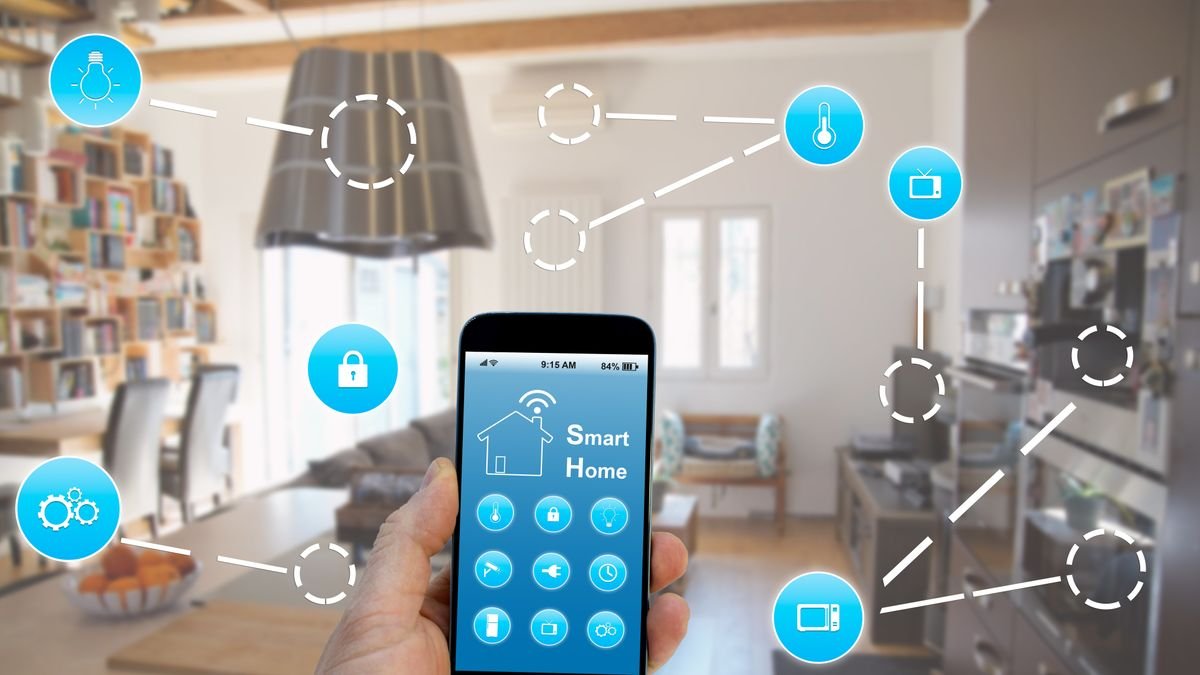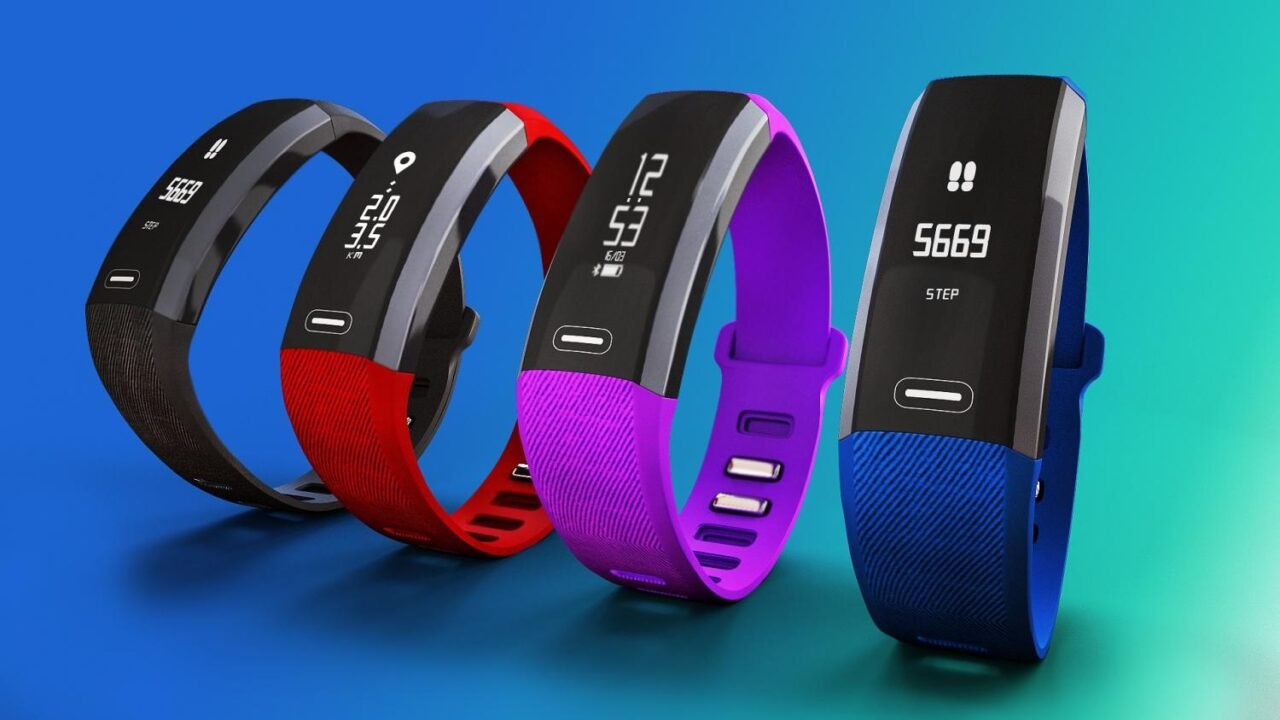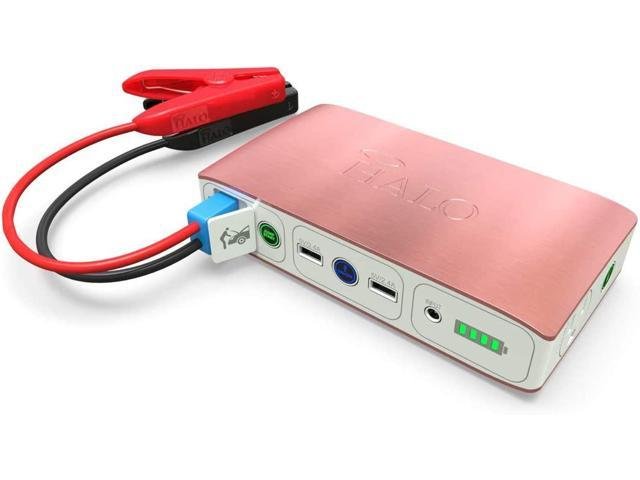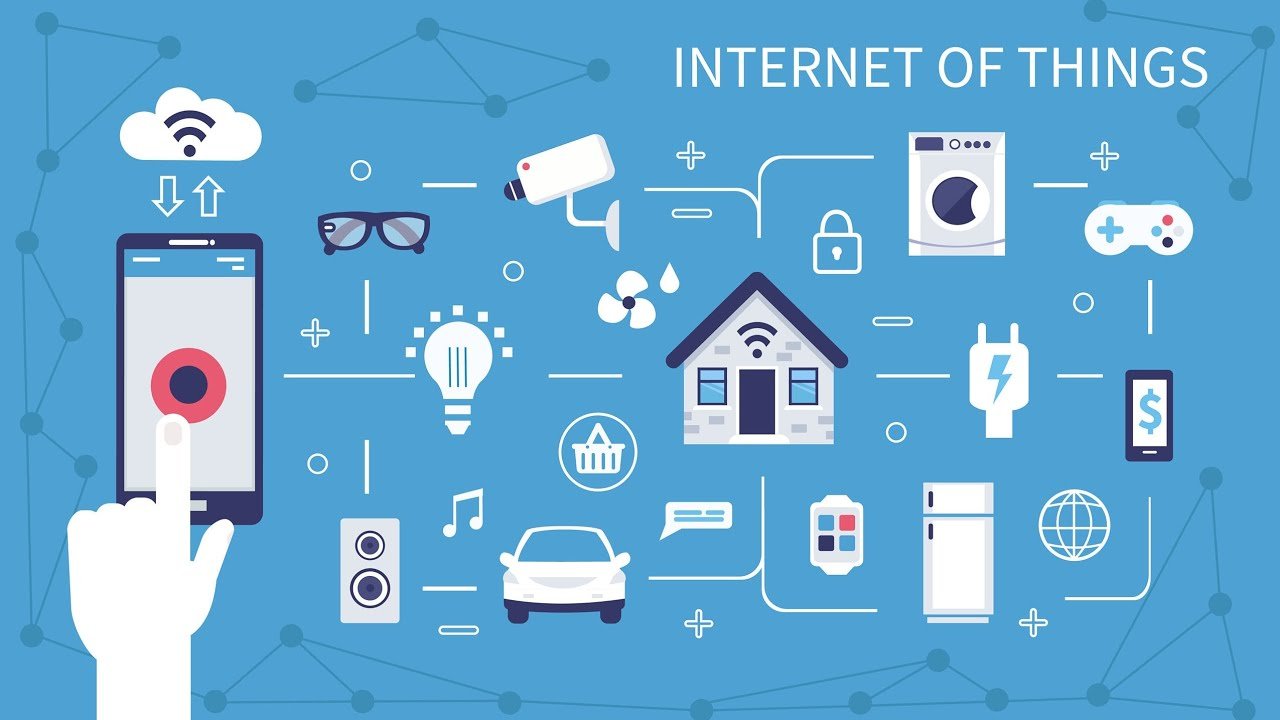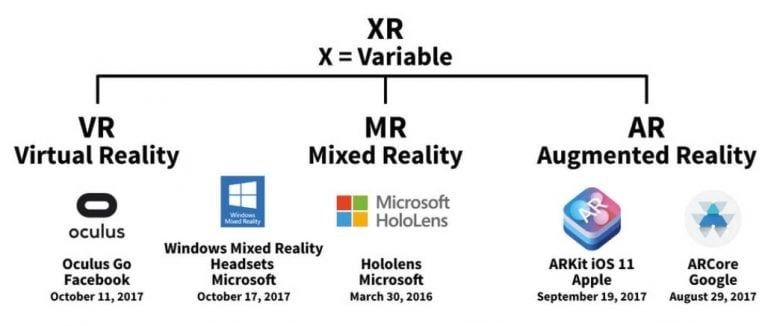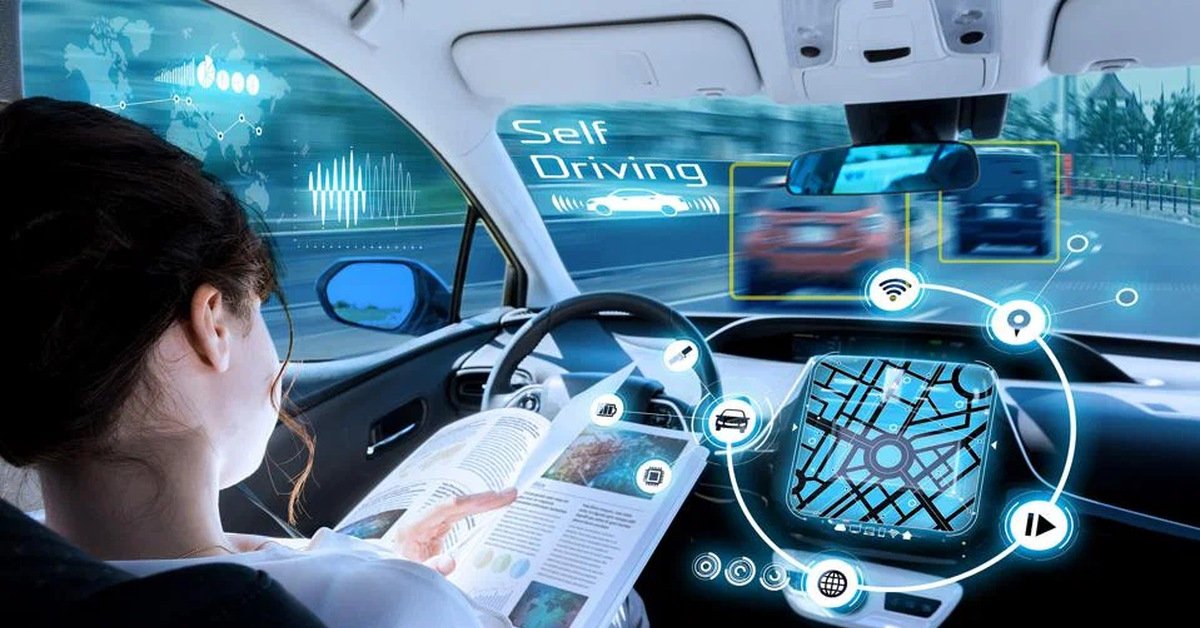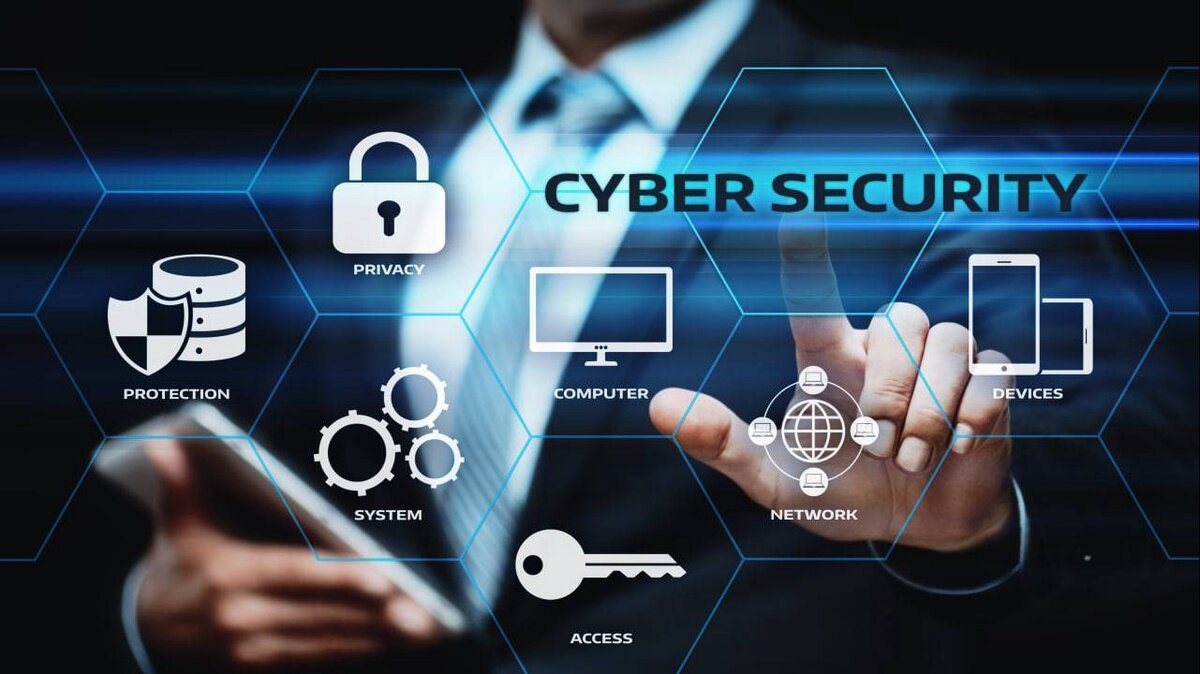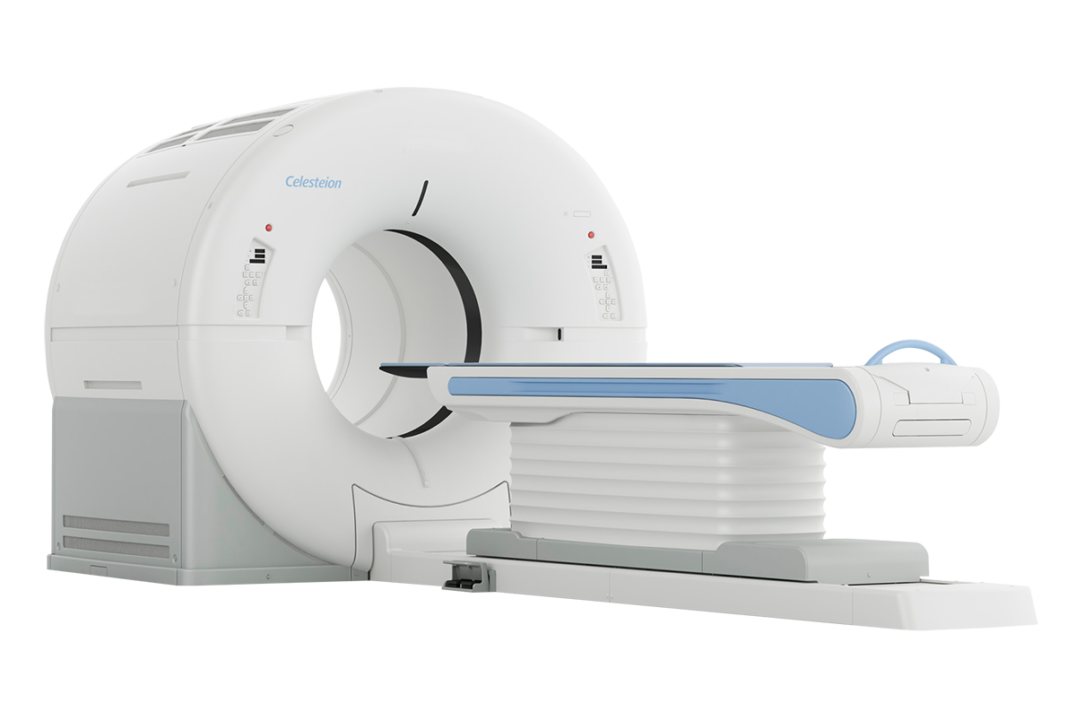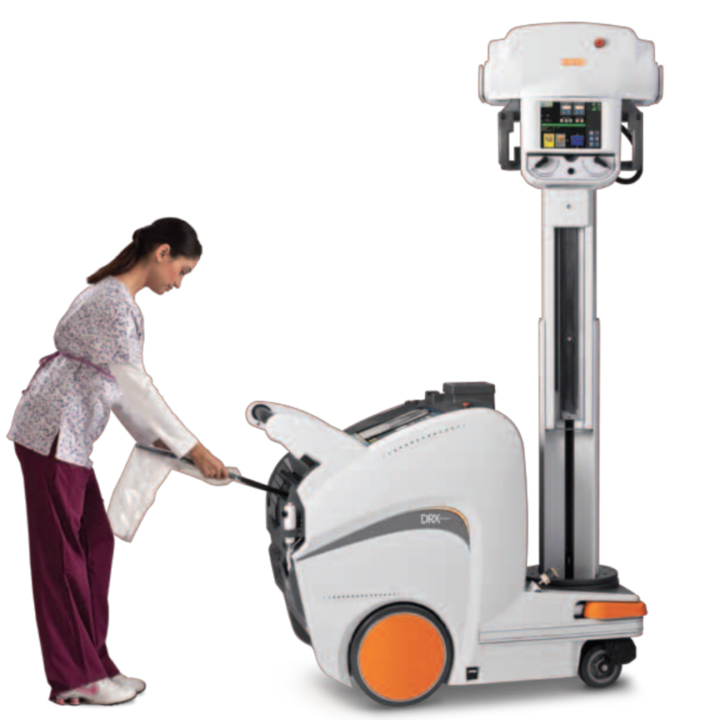TECH
Ultimate Guide to the Best Rechargeable Batteries in 2024
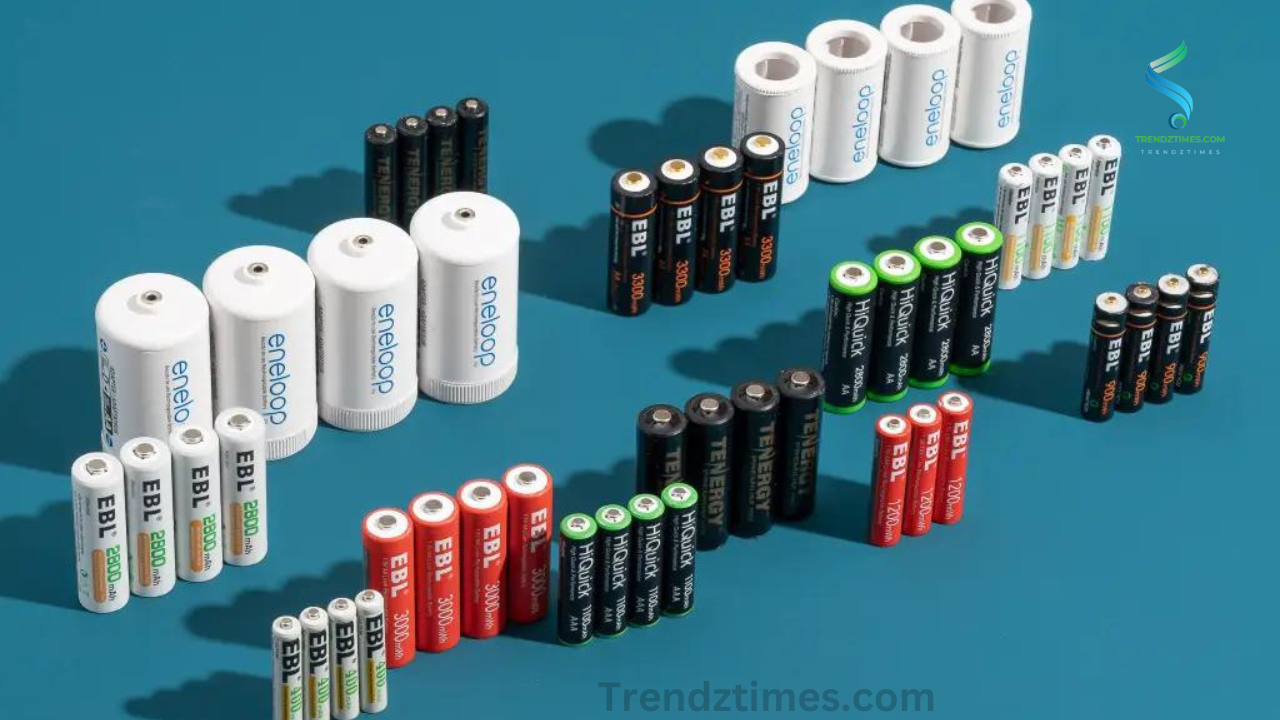
Portable battery chargers are one of the greatest inventions for those who use devices that require batteries every day. They have enhanced more and more with technology, enhanced their efficiency, come close to being environmentally friendly and additionally possess reduced the costs at which they can be implemented. Now we will look at some of the best rechargeable batteries in available in 2024 in the market, tested to fulfill an array of applications.
18650 Protected Battery Rechargeable
Protected battery rechargeable 18650 is best for high drain appliances such as flashlights and laptops. Technological advancements, they’ve become more efficient, environmentally friendly, and cost-effective. Let’s dive into the best rechargeable batteries of 2024 that have been tried and tested to meet various needs.
The 18650 protected battery rechargeable is ideal for high-drain devices like flashlights and laptops. There are benefits compared to more conventional analogues — the capacity and duration of such batteries are significantly higher. Personally using several brands, I was able to determine that the 18650 batteries coupled with protection circuits provide safety from overcharging and heat production. In regard to this, anyone using high power devices should consider best rechargeable batteries as a future tool.
9V Rechargeable Battery
For smoke detectors and wireless microphones, the battery of choice seems to be the 9v rechargeable battery. Such batteries provide fairly stable power without requiring frequent replacement of the battery. They are very good at holding their charge, and can be charged using any universal chargers according to my trials. This feature makes them the best to be used in devices that need steady feeds of power sources.
CR123A Rechargeable Batteries
For the cameras and the tactical gears that you may be using, then have the rechargeable cr123a batteries which have exceptionally great performance. These batteries are characterized by their deep discharge, high power output in a short time cycle, and long life. Being a photographer I found that these batteries were beneficial to my camera more especially during cold weather when other batteries tend to get damaged.
14500 Battery 3.7V Li-ion Rechargeable
The 14500 battery 3.7v li-ion rechargeable provides best rechargeable batteries with balance between size and power. Ideally suited for small flashlights and e-cigarettes, of course. From my own observation these batteries are quick to charge and retain constant voltage all through usage and thus preferred for compact appliances.
D Cell Rechargeable Batteries
Large devices including lanterns and high output flashlights cannot function without the D Cell rechargeable batteries. One is that they possess a larger energy storage capacity meaning that they take longer to be depleted than your traditional battery. I have employed them during the camping times, and they served me right by offering a constant light all night long which really gave me a lot of confidence.
Solar Rechargeable AA Batteries
If you are an environmental enthusiast, the Solar Rechargeable AA Batteries should be your best bet. They use solar power to charge them, cutting short their dependence on sockets. I subsequently used these for the garden lights and have observed that they come with the advantage of charging on a sunny day even though they come charged by solar.
Rechargeable Batteries for Trail Cameras
Trail cameras require batteries that can STAND environmental Tests . Trail camera batteries range in terms of functionality and lifespan and the rechargeable ones often provide dependable results, which are very essential for recording wildlife. By using them for different climate conditions, I established that they were far superior to the normal ones in making my cameras never miss any event.
Rechargeable CR123 Batteries for Surefire
To the lovers of Surefire, the cr123 batteries for surefire rechargeable types are very important. They are intended for use in high-stress environments associated with flashlights, with fast rates of recharge and stable output. I have been using these batteries for some time now and I especially admire them whenever I am charging appliances during the night when we are outside the house.
Eneloop Rechargeable Batteries
Considered as one of the best selling best rechargeable batteries in professional and leisure use, Eneloop is regarded for its long run time and low discharge rate. I have tried to use Eneloop for all sorts of gadgets including the remote control, camera and other gadgets which have been rechargeable and none of them has let me down.
Rechargeable Lithium AA Batteries
For general use electronics, the rechargeable lithium aa batteries are a major improvement from the alkaline batteries. They store more charge and come in a smaller and lighter package for portable equipment. They are more cost-effective than the other types because they do not need frequent replacements and have a steady power delivery.
16340 Rechargeable Battery
The 16340 rechargeable battery is a tiny workhorse that is commonly found in some flashlights and lasers. They can recharge in almost no time, and their energy density is simply off the roof. Across many runs, the batteries have turned out to be a viable option in gadgets that incorporate a small but high capacity battery.
6 Volt Rechargeable Battery for Deer Feeder
The 6 volt rechargeable battery for deer feeders means that feeders run well without frequent battery replacements. From my use of these batteries in wildlife management, the batteries usually hold their charge well, are protected from the environment, and are ideal for remote electric systems.
Rechargeable Batteries with Charger
Choose sets, for example, the batteries which include the charger for the batteries as the product is inclusive. Most of these kits come with good batteries and chargers that can be used for both large and small battery types. I find these as easy to use and affordable, thus the battery management is not a problem at all.
Rechargeable C Cell Batteries
The batteries that we’re looking for offer a good compromise when it comes to capacity, taking up a fair amount of space in the medium-sized devices. It is surely perfect for toys and musical instruments. After experimenting for a while I found out they can sustain an ideal power supply which makes them perform optimally all the time.
3.7 Volt Rechargeable Battery
The 3.7volt rechargeable battery is more preferred in applications such as vaping devices, power banks among others. For portable applications, These batteries significantly contribute to advancements and efficiency. offer high discharge rates and are compact. These will be valuable to any user seeking efficient performance, packed in a small device.
9 Volt Rechargeable Batteries
Non-Rechargeable 9 volt batteries are also called PP3 and are used in household smoke alarms and walkie-talkie sets. It is common knowledge that these batteries provide long lasting power as well as fast recharge capabilities. In all the tests they provided me with consistent performance and so they are still a part of my home.
Comparizon of different batteries
|
Battery Type |
Capacity |
Charge Cycles |
Key Feature |
|---|---|---|---|
|
Eneloop Pro AA Rechargeable |
2550 mAh |
Up to 500 |
Ideal for high-drain devices like cameras |
|
AmazonBasics AA High-Capacity |
2400 mAh |
Up to 400 |
Affordable with reliable performance |
|
Duracell Rechargeable AA |
2500 mAh |
Up to 400 |
Quick charging and durable |
|
EBL AA Rechargeable |
2800 mAh |
Up to 1200 |
High capacity with long lifespan |
|
Sony CycleEnergy AA Rechargeable |
2000 mAh |
Up to 2100 |
Low self-discharge rate |
|
Frequently Asked Questions (FAQs)
Q1: What are the advantages of using rechargeable batteries over traditional ones?
Rechargeable batteries offer long-term cost savings, reduced environmental impact, and consistent power performance. They can be used multiple times, reducing the need for frequent replacements.
Q2: Why should I consider solar rechargeable AA batteries?
Solar rechargeable AA batteries are great for those looking to reduce reliance on electrical outlets. They harness solar energy to recharge, making them a sustainable energy solution even in less sunny conditions.
Q3: What makes Envelop rechargeable batteries a popular choice?
Envelop rechargeable batteries are known for their long shelf life and minimal self-discharge. They maintain charge well and have been reliable for a wide range of devices, ensuring excellent performance.
Q4: Can rechargeable batteries withstand extreme weather conditions?
Yes, especially when designed for specific applications like trail cameras or deer feeders. The best rechargeable batteries for such uses are built to endure varying environmental challenges, ensuring consistent operations.
Q5: How does a battery’s voltage affect performance?
A battery’s voltage, such as the 3.7 volts or 9 volts options, impacts how much power it can deliver and how long it will last. Devices requiring specific voltages need corresponding batteries to function optimally.
Q6: What should I consider when buying rechargeable batteries with a charger?
Look for bundles that offer high-quality batteries and versatile chargers. These are convenient, cost-effective, and typically compatible with multiple battery sizes, simplifying battery management.
TECH
Top 5: Everyday Tech Gadgets Life Easier
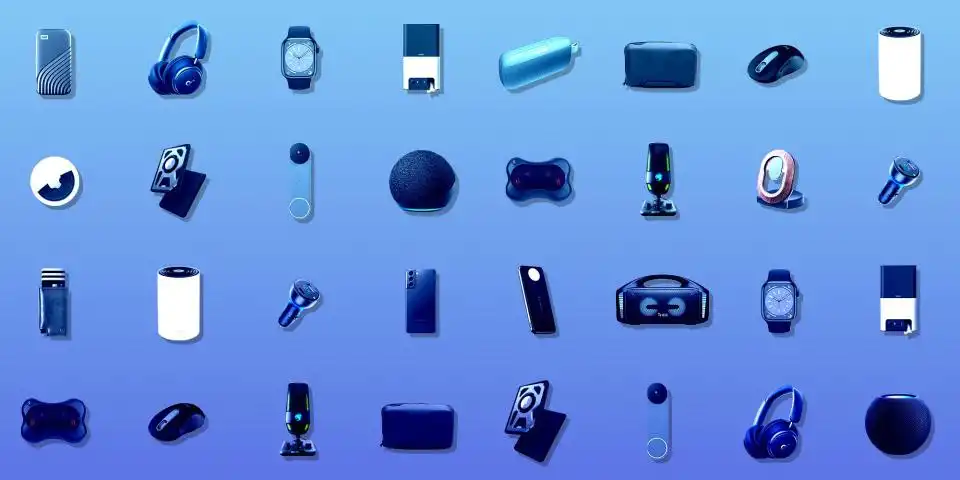
Tech That Simplify Your Life
Top 5 In today’s fast-paced world, technology plays a significant role in simplifying our daily routines. From staying connected to improving productivity, tech gadgets are designed to make our lives easier and more efficient. But with so many options available, it can be challenging to know which ones truly provide value. Here are five tech tools that can enhance your daily life and deliver real benefits.
1. Smartphones: Your Pocket-Sized Assistant
Smartphones have become an essential part of our lives, and for good reason. They’re not just for calls or messages anymore; they serve as cameras, calendars, navigation tools, and even personal assistants. Apps like Google Calendar, Evernote, and health trackers help you stay organized and manage your time effectively. Additionally, with voice assistants like Siri or Google Assistant, you can set reminders, check the weather, and even control other smart devices with just your voice.
Why it’s essential:
A smartphone combines multiple tools into one device, making it a daily necessity for communication, productivity, and convenience.
2. Smart Home Assistants: Hands-Free Convenience
Devices like Amazon Echo (Alexa), Google Nest Hub, or Apple HomePod are revolutionizing how we interact with technology at home. These smart assistants can control your lights, thermostat, and appliances with voice commands. They also provide quick access to information, play music, and help manage your daily schedule.
Example uses:
- Set cooking timers while your hands are busy.
- Turn off the lights without leaving your bed.
- Ask for news updates while sipping your morning coffee.
Why it’s essential:
Smart home assistants save time and effort, making your daily tasks more manageable.
3. Wearable Fitness Trackers: Stay Healthy, Stay Active
Fitness trackers like Fitbit, Apple Watch, or Garmin are excellent for keeping tabs on your health. These devices monitor your steps, heart rate, sleep patterns, and even calorie intake. They’re perfect for staying active and maintaining healthy habits throughout the day. Some advanced models also include reminders to move, guided breathing exercises, and notifications for irregular heart rates.
Why it’s essential:
They help you stay motivated and provide insights into your physical health, ensuring you stay on track with your fitness goals.
4. Portable Chargers: Never Run Out of Power
In a world where we rely heavily on electronic devices, running out of battery can be a nightmare. Portable chargers, also known as power banks, are lifesavers when you’re on the go. Compact and easy to carry, they ensure your smartphone, tablet, or smartwatch stays charged throughout the day.
Why it’s essential:
A portable charger ensures you’re never disconnected from your essential apps, calls, or work, no matter where you are.
5. Noise-Canceling Headphones: Block Out Distractions
Whether you’re working, commuting, or relaxing, noise-canceling headphones like Bose QuietComfort, Sony WH-1000XM5, or AirPods Pro can be game-changers. They allow you to focus on what matters most by blocking out background noise. These headphones are perfect for conference calls, listening to music, or unwinding with a podcast.
Why it’s essential:
They help create a distraction-free environment, boosting productivity and relaxation.
Bonus Tech: Apps That Simplify Your Life
While gadgets are great, apps also play a crucial role in our daily routines. Here are a few must-have apps:
- To-Do Lists: Apps like Todoist or Microsoft To-Do keep you organized.
- Budget Trackers: Apps like Mint or YNAB help manage your finances.
- Health Apps: Use apps like MyFitnessPal for calorie tracking or Calm for meditation.
Summary
Technology is meant to make life easier, and the right tools can significantly improve your daily routine. Whether it’s staying connected, managing your health, or boosting productivity, these gadgets and apps are essential for modern living. Start incorporating these tech solutions into your life today and experience the benefits they bring!
TECH
New Innovations in Technology: The Future
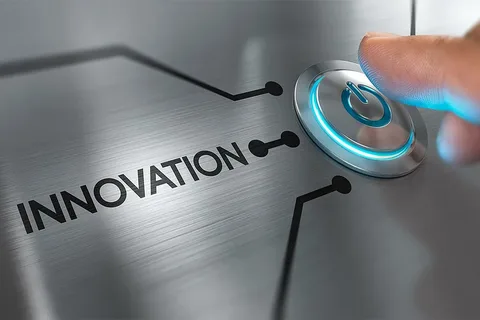
INTRODUCTION
New Innovations in Technology: has become the cornerstone of modern civilization, driving progress across industries and transforming how we live, work, and interact. In 2024, the pace of innovation is faster than ever, with groundbreaking advancements emerging across various domains. From artificial intelligence (AI) to biotechnology, renewable energy, and space exploration, here’s a comprehensive look at the most significant new innovations shaping the future.
1. Artificial Intelligence (AI) and Machine Learning
AI continues to dominate the tech landscape, revolutionizing industries such as healthcare, finance, education, and entertainment. Recent innovations include:
- Generative AI: Tools like ChatGPT and DALL-E are redefining creative processes, enabling users to generate text, images, and videos with unprecedented ease. These advancements are empowering content creators, educators, and businesses to streamline their workflows.
- AI-Powered Healthcare: AI is being used to develop precision medicine, automate diagnostic procedures, and predict patient outcomes. For example, AI algorithms are now capable of detecting early-stage cancers and analyzing medical imaging faster and more accurately than human doctors.
- Autonomous Systems: Self-driving cars, drones, and robotics are benefiting from advancements in AI, enabling safer and more efficient transportation and logistics solutions.
2. Quantum Computing
Quantum computing is entering a new phase, with companies like IBM, Google, and Rigetti making significant strides. Innovations in quantum technology promise to solve problems that traditional computers cannot, such as:
- Drug Discovery: Quantum simulations are accelerating the identification of new pharmaceuticals by modeling molecular interactions at the atomic level.
- Cryptography: Quantum computing is both a threat and a boon to cybersecurity, with quantum encryption methods offering unprecedented levels of data security.
- Optimization: Industries like logistics, finance, and energy are leveraging quantum algorithms to solve complex optimization problems.
3. Biotechnology and Genetic Engineering
The intersection of biology and technology is producing remarkable innovations that have the potential to reshape healthcare, agriculture, and sustainability. Key developments include:
- CRISPR Gene Editing: Advances in CRISPR technology are enabling scientists to edit genes with greater precision, opening up possibilities for curing genetic diseases, enhancing crop resilience, and even eradicating certain hereditary conditions.
- Synthetic Biology: Innovations in synthetic biology are allowing scientists to create artificial life forms and engineer microorganisms to produce biofuels, medicines, and biodegradable materials.
- Lab-Grown Meat: Cellular agriculture is revolutionizing food production, with lab-grown meat becoming more affordable and scalable. Companies like Upside Foods and Mosa Meat are leading the charge.
4. Renewable Energy and Sustainability
The transition to renewable energy is critical for combating climate change, and new technologies are making it more achievable. Recent innovations include:
- Next-Generation Solar Panels: Perovskite solar cells are improving efficiency and reducing costs, making solar energy more accessible.
- Green Hydrogen: Electrolysis advancements are enabling the production of green hydrogen, a clean energy source that can power industries and transportation.
- Energy Storage: Breakthroughs in battery technology, such as solid-state batteries and flow batteries, are addressing the intermittency of renewable energy sources like wind and solar.
- Carbon Capture and Utilization: Technologies for capturing and repurposing CO2 are gaining traction, with applications ranging from creating synthetic fuels to producing building materials.
5. Space Exploration and Technology
The space industry is undergoing a renaissance, driven by both government agencies and private companies. Innovations in this field include:
- Reusable Rockets: Companies like SpaceX and Blue Origin are reducing the cost of space travel with reusable rocket technology.
- Lunar Exploration: NASA’s Artemis program and other initiatives aim to establish a sustainable human presence on the Moon as a stepping stone to Mars.
- Satellite Mega-Constellations: Projects like Starlink and OneWeb are deploying thousands of satellites to provide global internet coverage, especially in remote areas.
- Space-Based Manufacturing: Experiments in microgravity are paving the way for the production of advanced materials and medicines in space.
6. Advanced Robotics
Robotics is evolving rapidly, with applications ranging from manufacturing to healthcare and disaster response. Recent innovations include:
- Humanoid Robots: Companies like Tesla and Boston Dynamics are developing humanoid robots capable of performing complex tasks in industrial and domestic settings.
- Soft Robotics: Inspired by biological systems, soft robots are being designed for delicate tasks, such as surgery or handling fragile objects.
- Swarm Robotics: Autonomous swarms of robots are being used for tasks like search-and-rescue missions, agricultural monitoring, and environmental cleanup.
7. Internet of Things (IoT) and Smart Technology
The IoT ecosystem is expanding, connecting more devices and systems to streamline daily life and improve efficiency. Notable innovations include:
- Smart Cities: Urban areas are integrating IoT technologies for smart traffic management, energy-efficient buildings, and improved public safety.
- Wearable Devices: From fitness trackers to smart glasses, wearable technology is advancing with better sensors and AI integration.
- Edge Computing: Decentralizing data processing to edge devices is reducing latency and enhancing the performance of IoT systems.
8. Extended Reality (XR): AR, VR, and MR
Extended reality technologies are blurring the lines between the digital and physical worlds. Recent breakthroughs include:
- Augmented Reality (AR): AR applications are enhancing industries like retail, healthcare, and education by overlaying digital information onto the real world.
- Virtual Reality (VR): VR is advancing in entertainment and training, with immersive simulations being used for everything from gaming to professional development.
- Mixed Reality (MR): Combining AR and VR, MR is creating new possibilities for collaborative work and immersive experiences.
9. Autonomous and Electric Vehicles
Transportation technology is undergoing a major transformation, with innovations in both autonomy and sustainability. Highlights include:
- Electric Vehicles (EVs): Advances in battery technology and charging infrastructure are making EVs more accessible and practical.
- Autonomous Vehicles: Self-driving cars and trucks are being tested and deployed, promising to reduce accidents and improve logistics.
- Urban Air Mobility: Companies are developing electric vertical takeoff and landing (eVTOL) vehicles for urban air transportation.
10. Innovations in Cybersecurity
As technology evolves, so do the threats. Cybersecurity innovations are critical for protecting data and systems. Recent advancements include:
- AI-Driven Threat Detection: Machine learning algorithms are identifying and mitigating cyber threats in real-time.
- Post-Quantum Cryptography: Preparing for the era of quantum computing, researchers are developing encryption methods resistant to quantum attacks.
- Decentralized Security: Blockchain and other decentralized technologies are enhancing trust and transparency in data security.
Summary
New innovations in technology are transforming every aspect of our lives, from healthcare and energy to transportation and communication. These advancements not only address some of humanity’s biggest challenges but also open up new possibilities for economic growth and societal progress. As we embrace these innovations, it is crucial to ensure ethical considerations, inclusivity, and sustainability remain at the forefront of technological development.
The future is being shaped by the convergence of these groundbreaking technologies, and their impact will undoubtedly redefine the way we live and interact with the world around us.
TECH
Radiology Tech: Prices, Features, and Buy
-

 SEO3 months ago
SEO3 months agoBest website platform for seo: top 5 popular websites, 1-book, 25 Top Free SEO Tools,
-

 Blog5 months ago
Blog5 months agoMaria Taylor’s Husband: Jonathan Lee Hemphill’s Job, Family, and Kids Explained
-

 FASHION2 months ago
FASHION2 months agoOld-Fashioned: Styles Across Generation
-

 TECH2 months ago
TECH2 months agoRadiology Tech: Prices, Features, and Buy
-

 SEO3 months ago
SEO3 months agoGoogle Ranking Factors: top 50 factors
-

 Blog2 months ago
Blog2 months agoSigns of a Healthy Relationship:
-

 YOGA2 months ago
YOGA2 months agoDental Care: Can Increase Your Life Expectancy
-

 SEO3 months ago
SEO3 months agoDoes google business profile posting improve rankings: A Latest Guide to Google Visibility books







